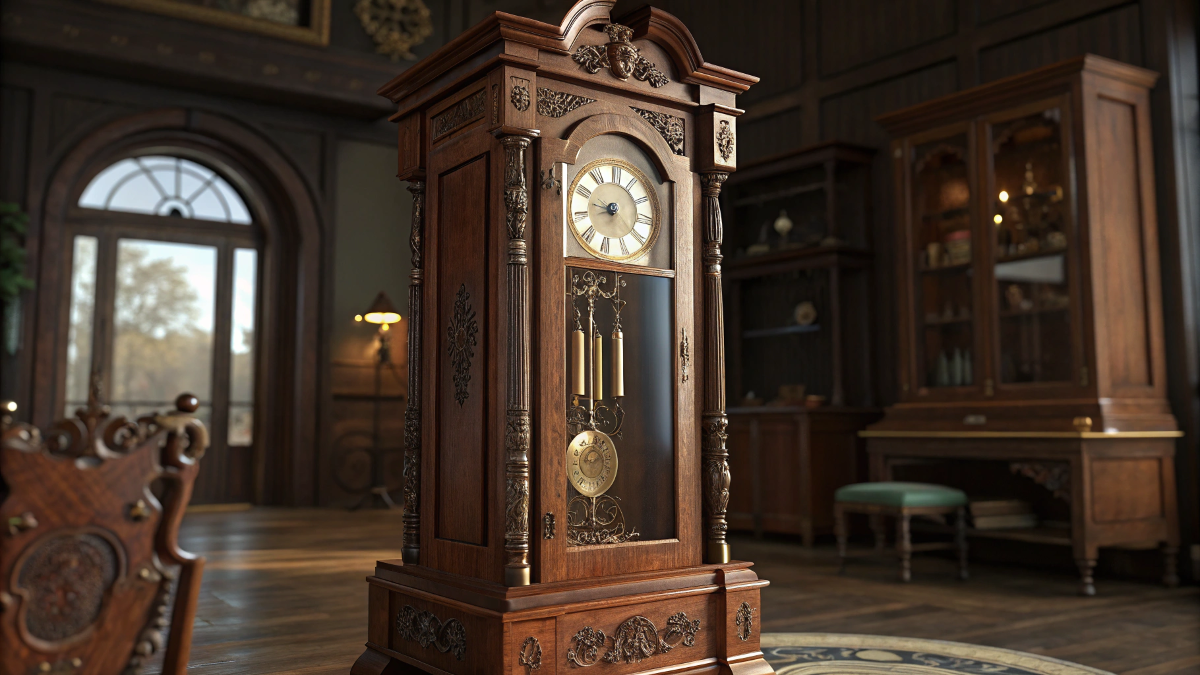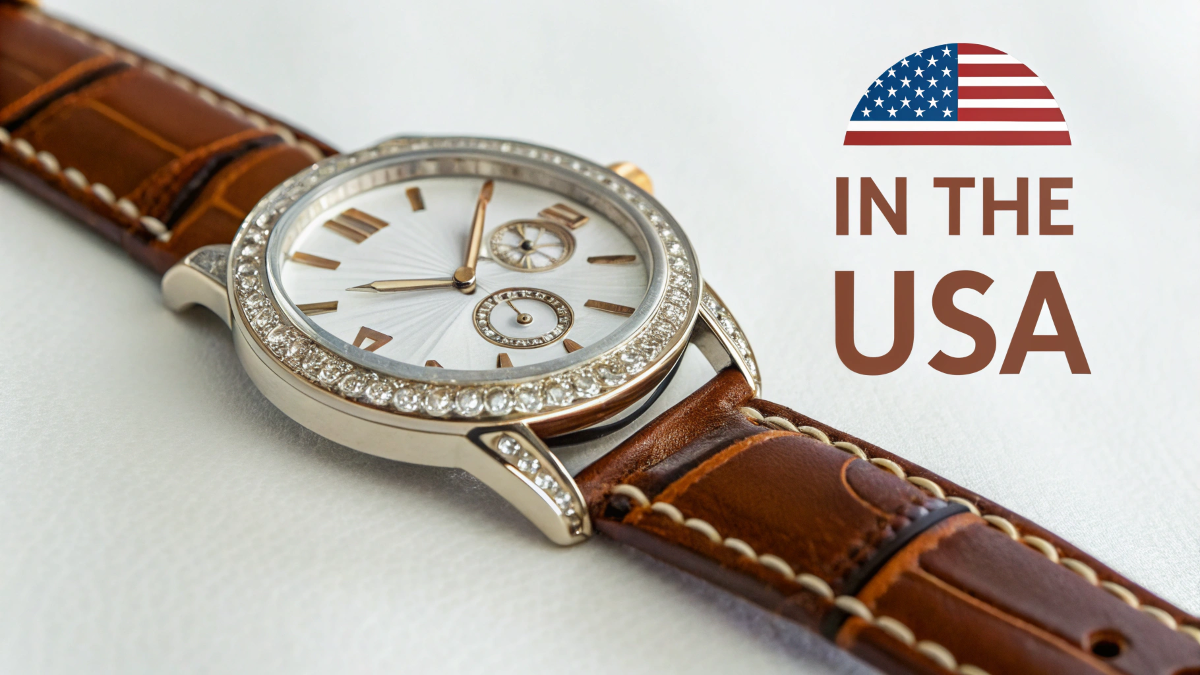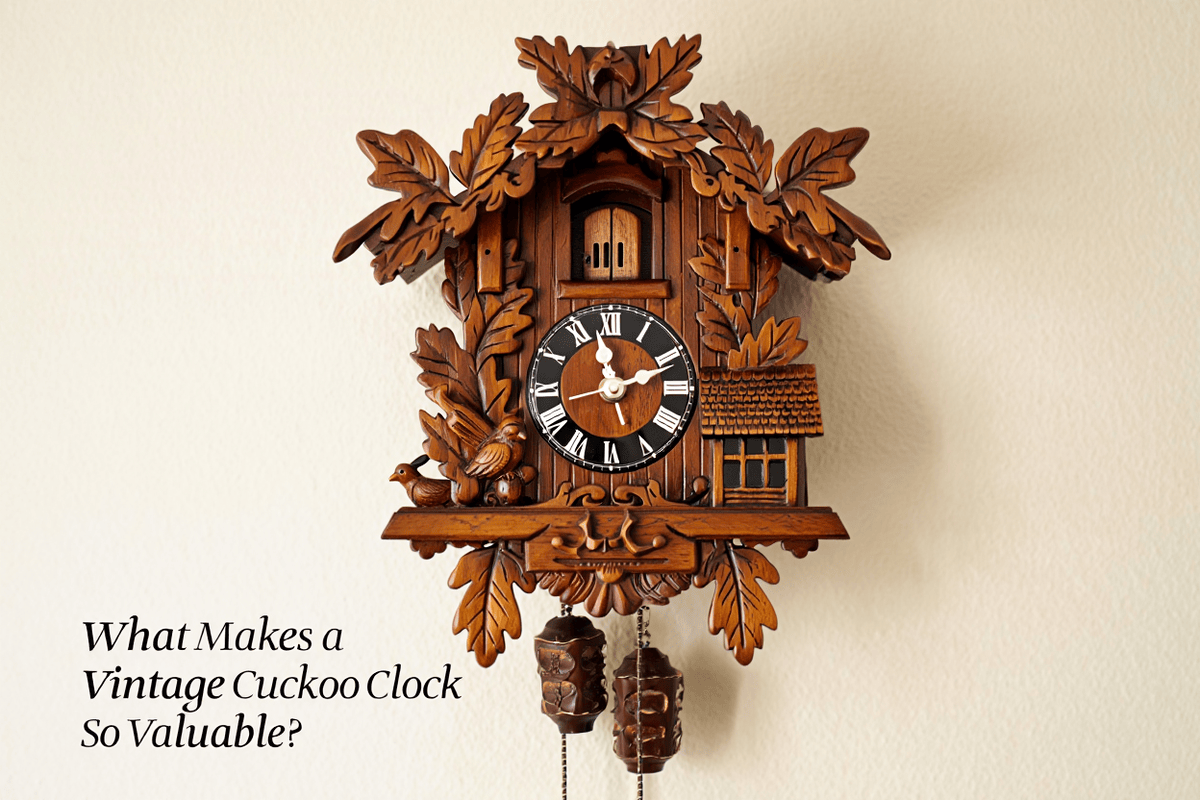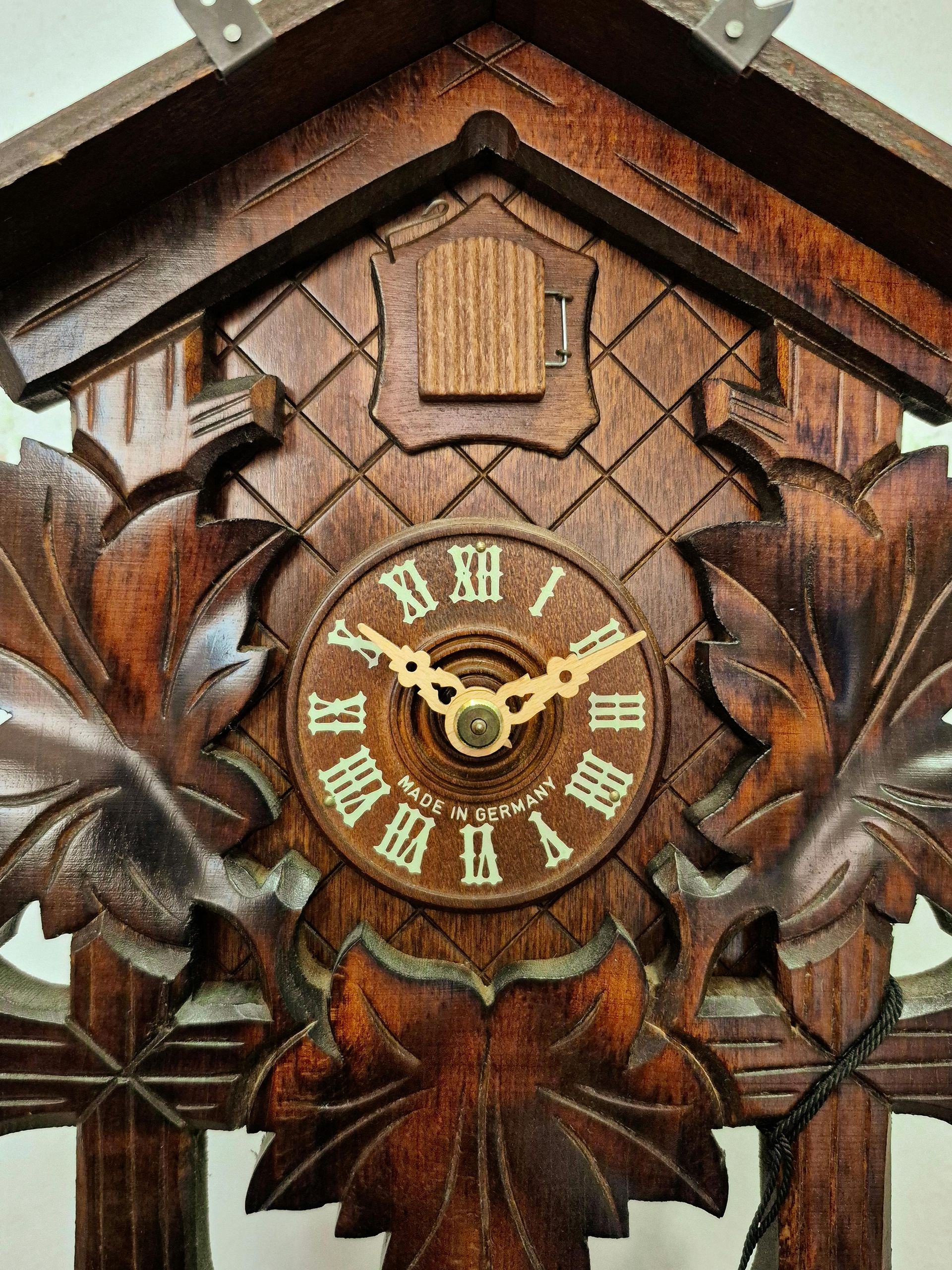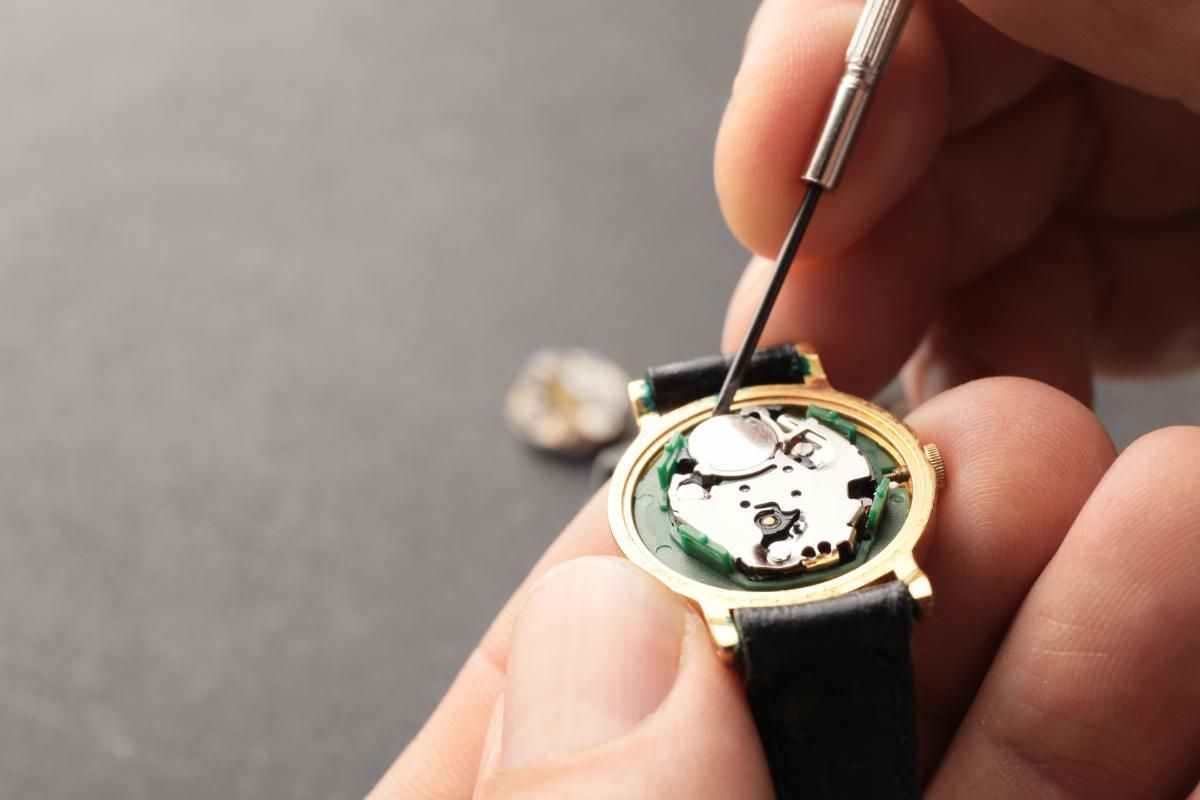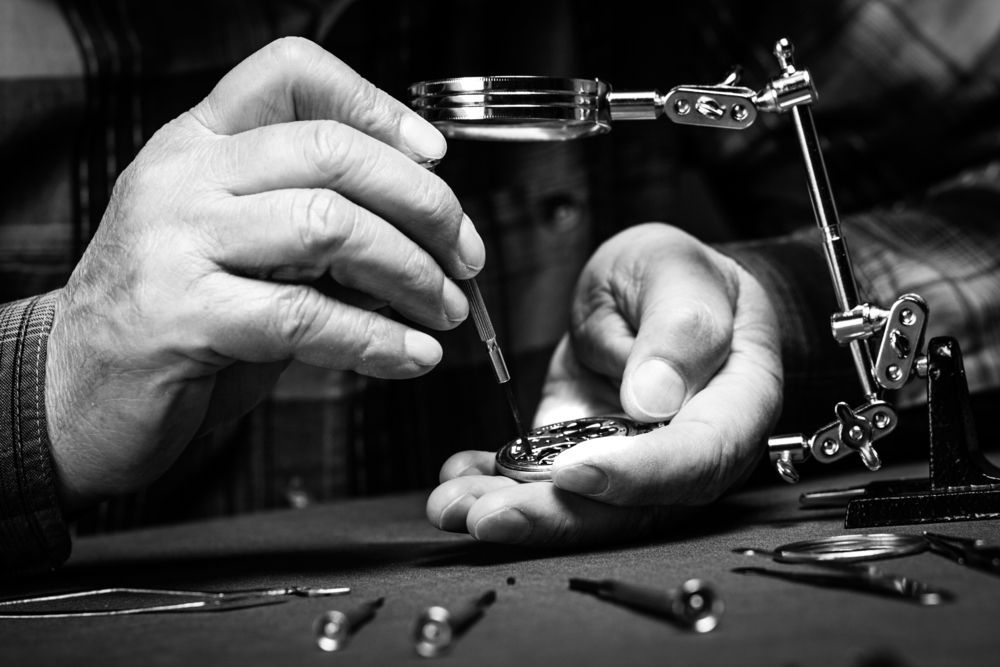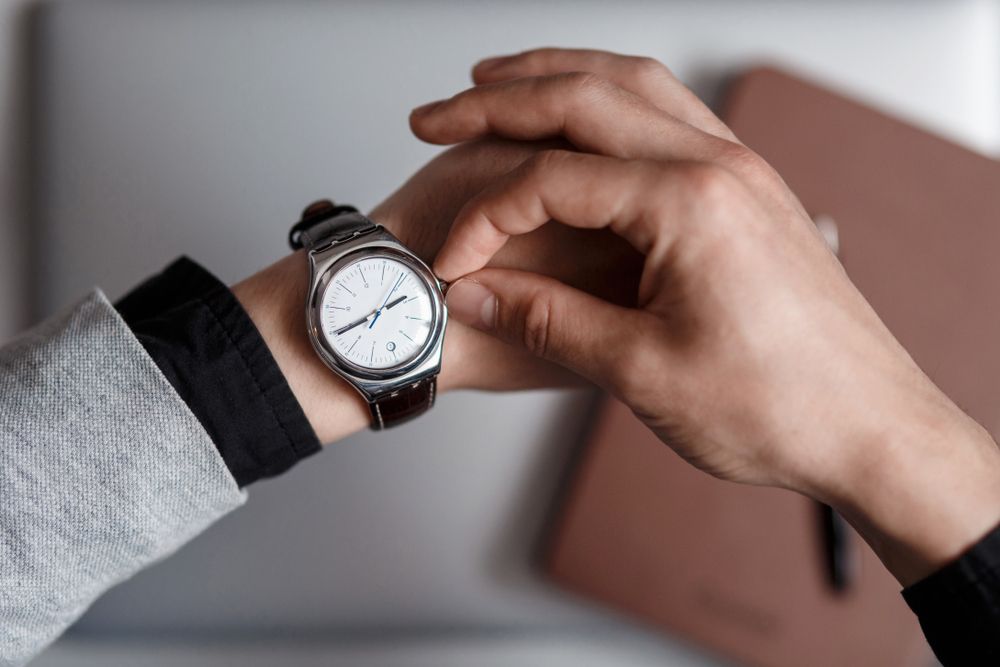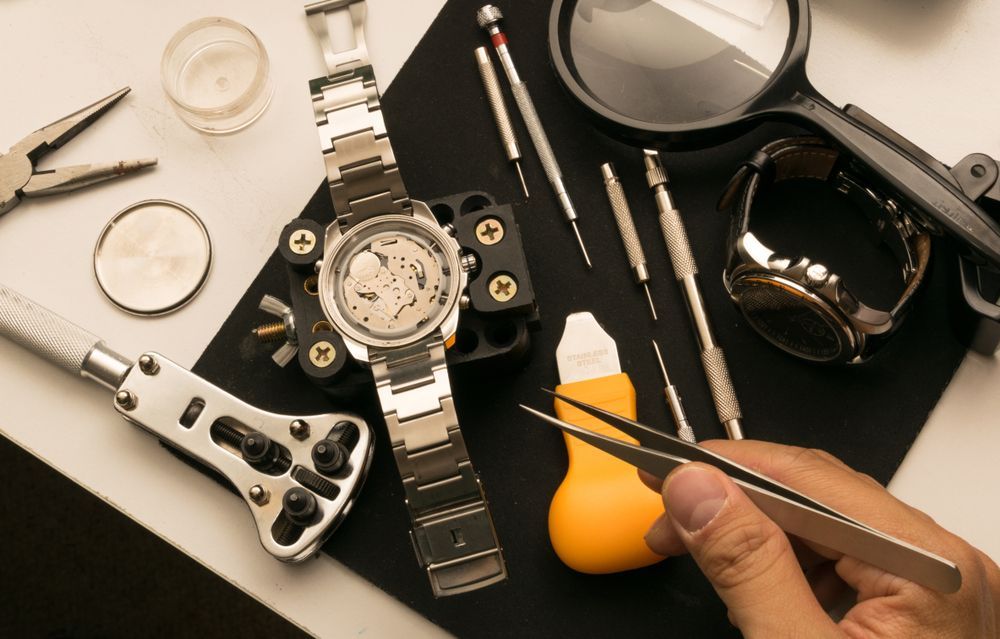What to Know Before Buying Cuckoo Clocks for Sale
Cuckoo clocks are timeless treasures that blend artistry, mechanics, and cultural heritage into one charming timepiece. If you’ve been browsing cuckoo clocks for sale, you’re likely enchanted by their nostalgic appeal, but there’s more to these clocks than meets the eye. Whether you’re a first-time buyer or a seasoned collector, understanding the nuances of cuckoo clocks can help you make a smart, informed purchase.
A Brief History of the Cuckoo Clock
The cuckoo clock traces its roots to the Black Forest region of Germany in the mid-18th century. Crafted by skilled woodworkers and clockmakers, these clocks were designed to do more than just tell time—they told a story.
Each cuckoo clock traditionally featured:
- A hand-carved wooden case,
- A mechanical movement driven by weights,
- And the famous cuckoo bird that pops out to mark the hours.
Over time, cuckoo clocks evolved from basic timekeepers to intricate mechanical marvels with animated scenes, music boxes, and elaborate carvings. Today, they symbolize old-world craftsmanship and are beloved by collectors around the world.
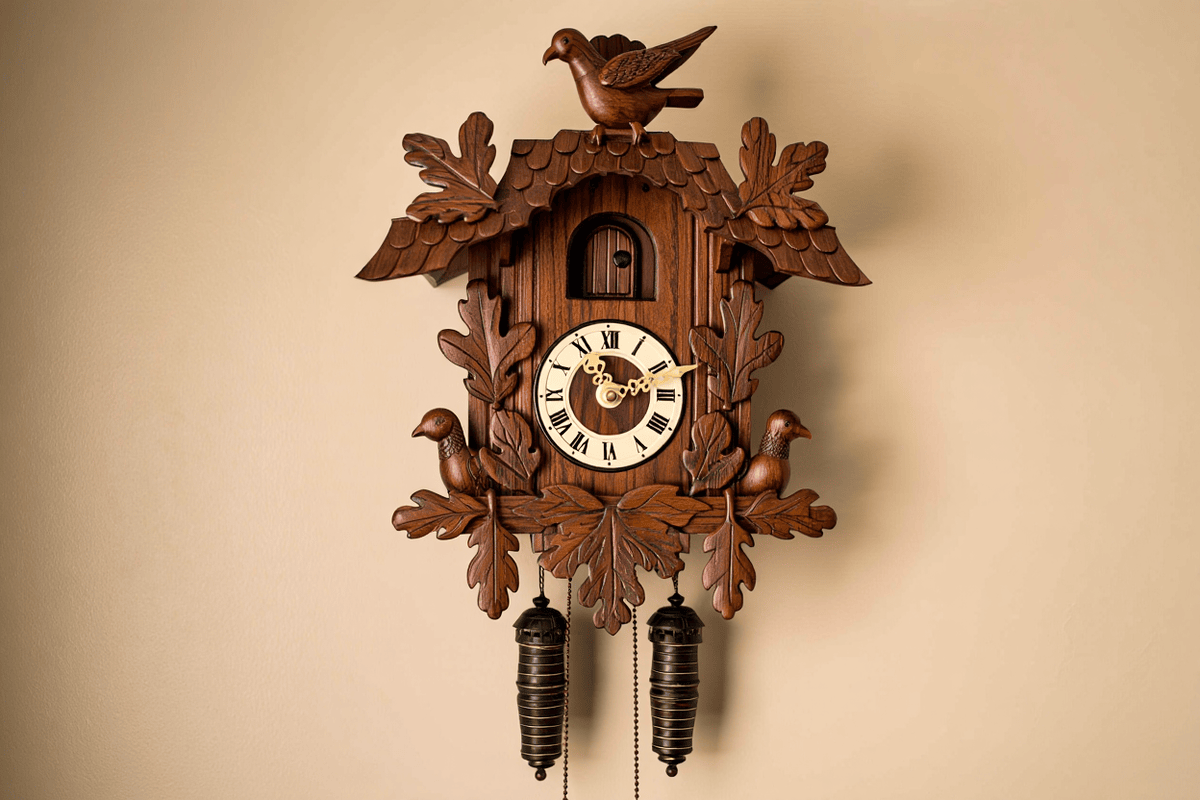
Types of Cuckoo Clocks: Which One is Right for You?
Before buying a cuckoo clock, it’s essential to understand the different types available. Your choice will affect not just the look and feel of your clock but also its functionality and maintenance.
1. Traditional Cuckoo Clocks
These clocks showcase hand-carved wood designs—often featuring forest scenes, deer, bears, birds, or chalet motifs. They usually run on mechanical movements and need regular winding. If you're looking for authenticity and craftsmanship, traditional models are an excellent choice.
2. Chalet Style Clocks
Chalet cuckoo clocks are inspired by Swiss alpine homes and are often highly decorative. These models may include animated features such as woodcutters chopping, dancers twirling, or animals moving in sync with the chimes.
3. Modern Cuckoo Clocks
For those with a more contemporary aesthetic, modern cuckoo clocks offer minimalist designs with bright colors, geometric shapes, and quartz movements. They still feature the iconic cuckoo call but with sleeker styling.
Mechanical vs. Quartz Movements
One of the biggest decisions when shopping for cuckoo clocks for sale is choosing between mechanical and quartz movements.
Mechanical Movement
Mechanical cuckoo clocks come in two main varieties:
- 1-Day Movement: Requires winding every 24 hours.
- 8-Day Movement: Requires winding once a week.
These clocks are admired for their traditional, weight-driven mechanisms. The cuckoo call is generated by bellows and pipes, making it feel organic and authentic. However, they demand more attention and care.
Quartz Movement
Quartz cuckoo clocks are battery-operated and require minimal maintenance. Most modern quartz clocks still have cuckoo calls and animations, and many come with sound sensors that silence the cuckoo at night.
If you’re looking for convenience, quartz may be the better option—but keep in mind that it lacks the old-world charm and collectability of mechanical versions.
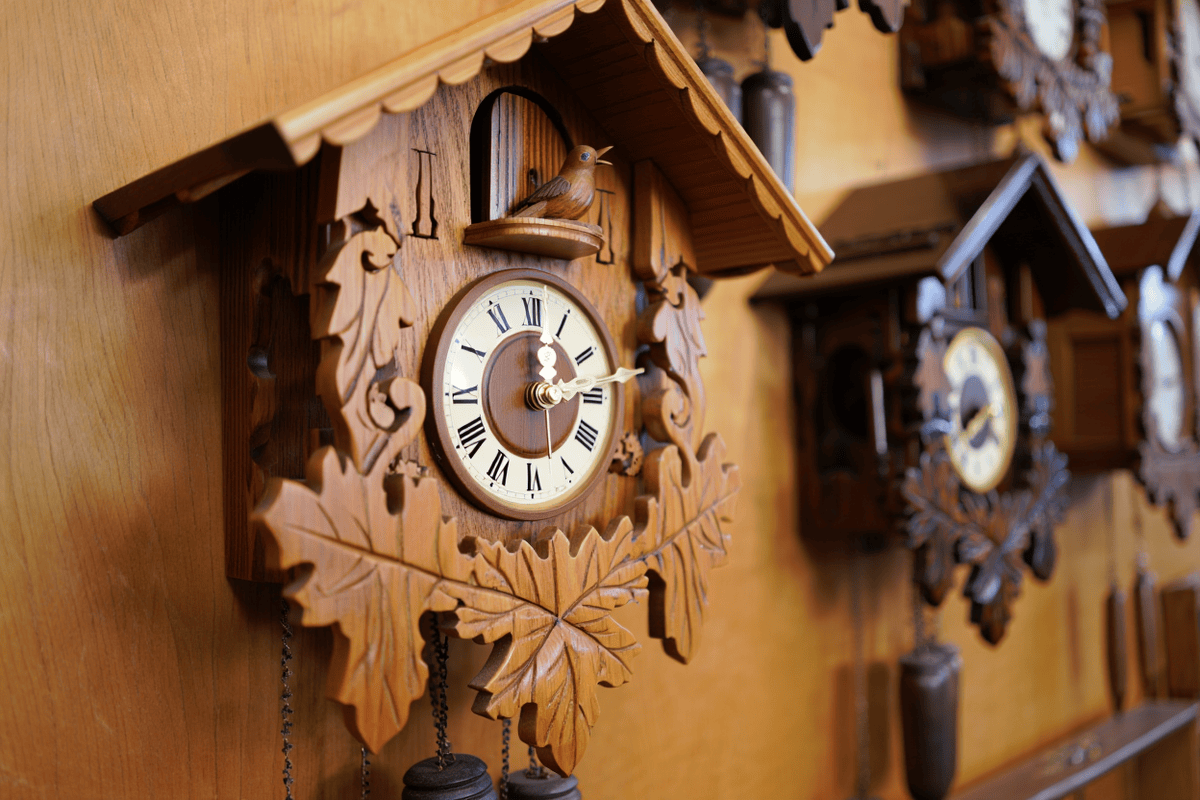
Materials and Craftsmanship: What to Look For
When examining cuckoo clocks for sale, always evaluate the quality of materials and craftsmanship. A genuine cuckoo clock is typically made of:
- Linden Wood: Known for being lightweight and easy to carve.
- Hand-Carved Details: Look for sharp lines, deep reliefs, and well-defined figures.
- Solid Construction: Avoid plastic components, especially on the case and hands.
- Black Forest Certification: Authentic Black Forest cuckoo clocks often come with a certificate from the VdS (Black Forest Clock Association).
Choosing a high-quality piece not only adds value but also ensures your clock lasts for generations.
Features and Functions: Beyond the Cuckoo
Cuckoo clocks have evolved to include a variety of charming features. When browsing, consider the extras that matter to you:
- Animated Figurines: Dancing couples, animals, and villagers.
- Music Boxes: Many clocks play traditional tunes like “Edelweiss” or “The Happy Wanderer.”
- Night Shut-Off: Ideal if you prefer a silent night—some clocks have automatic or manual silencing features.
- Dual Timekeeping: Rare, but some modern versions offer digital accuracy with traditional appeal.
The more features, the more complex the mechanism, so consider whether you’re ready to maintain a highly detailed clock.
Size and Placement: Make it Fit Your Space
Before purchasing a cuckoo clock, measure your intended display area. These clocks vary widely in size—from compact 8-inch models to towering 2-foot carvings.
Consider:
- Wall Space: Ensure the clock won’t crowd your decor.
- Weight Clearance: Mechanical clocks have hanging pinecone-shaped weights that require vertical space to operate.
- Sound Projection: Clocks placed on central or echo-prone walls will amplify the cuckoo’s call.
Always check product dimensions and weight when buying online or in-store.
Maintenance and Repairs: What You Should Know
A quality cuckoo clock is an heirloom, but it needs proper care to keep ticking.
Routine Maintenance Tips:
- Wind mechanical clocks regularly—daily or weekly.
- Keep the case dust-free and away from humidity or direct sunlight.
- Ensure weights and chains are properly aligned and free from tangling.
Professional Repairs
Even the best clocks need servicing from time to time. Common issues include:
- Bellows not producing sound
- Weights slipping or not driving the movement
- Animations not syncing properly
Don’t try to DIY unless you’re experienced. Professional servicing ensures the clock’s internal gears and movements remain in good shape. A certified horologist, like those at Chicago Clock Company, can offer cleaning, repairs, and battery replacement services that preserve your clock’s integrity.

Budget Considerations: How Much Should You Expect to Spend?
Cuckoo clocks range from under $100 to over $5,000, depending on materials, craftsmanship, movement type, and features.
Price Breakdown:
- Entry-Level Quartz Models: $75–$250
- Mid-Range Mechanical Clocks (1-Day): $300–$800
- High-End 8-Day Clocks or Collectibles: $1,000+
Always weigh long-term value over short-term savings. A cheap imitation might fail after a year, while an authentic Black Forest clock can be passed down through generations.
Where to Buy: Online vs. In-Store
With so many cuckoo clocks for sale, where should you start your search?
Online Retailers:
- Convenient and accessible
- Often offer wide selections
- Watch out for counterfeit or mass-produced models
In-Store Specialists:
- See and hear the clock in person
- Get expert guidance from trained staff
- Ask questions and get immediate answers
- Receive tailored advice on maintenance, installation, and repairs
For Chicago-area residents, visiting Chicago Clock Company is a must. Our experienced team offers a curated selection of authentic cuckoo clocks, backed by personalized customer service and expert horological knowledge.
Red Flags: How to Spot a Low-Quality Cuckoo Clock
Not all cuckoo clocks are created equal. Look out for:
- Plastic parts where wood should be
- Poor carving details or shallow reliefs
- Lightweight construction without metal weights
- Absence of manufacturer or certification labeling
- Unrealistic pricing (too cheap to be true)
If in doubt, always consult with a professional or visit a trusted dealer.
Buying as a Gift? Here’s What to Keep in Mind
Cuckoo clocks make fantastic gifts for weddings, anniversaries, retirements, or holidays. To ensure it’s well-received:
- Choose a style that suits the recipient’s taste (traditional vs. modern)
- Confirm they have space to hang it
- Include instructions or offer to help install it
- Consider pairing the gift with a maintenance package or service plan from a local repair shop
Why Chicago Clock Company is Your Best Resource
If you’re ready to invest in a cuckoo clock, you want more than just a product—you want expertise, quality, and peace of mind. That’s where the Chicago Clock Company excels.
Here's what sets us apart:
- Clock Repair Experts: Our seasoned technicians restore and service all clock types, including cuckoo clocks.
- Battery Replacements & Movement Repairs: We offer fast, accurate replacements and internal cleanings to keep your clock running for years.
- Sales & Consultations: Browse a hand-picked selection of clocks in-store and receive guidance tailored to your style, budget, and needs.
- Free Estimates While You Wait: No hidden fees, no pressure—just honest, upfront service.
- Convenient Appointments: Schedule ahead to avoid long wait times or walk in and speak to a specialist directly.
Whether you're looking to buy, repair, or simply learn more about cuckoo clocks, Chicago Clock Company is your trusted partner in all things horology.
Final Thoughts: A Clock That Tells More Than Time
Buying a cuckoo clock is about more than telling time—it’s about embracing tradition, celebrating craftsmanship, and adding character to your home. With countless styles, features, and price points available, doing your homework before purchasing is essential.
Whether you’re enchanted by the chirp of a classic Black Forest bird or drawn to the sleek rhythm of a modern quartz model, your perfect timepiece is out there. And with the right guidance, you’ll find one that delights you for decades.
Ready to Find Your Perfect Cuckoo Clock?
Contact us today—your one-stop shop for clock sales, repairs, and maintenance. We offer:
- Expert guidance
- Free estimates while you wait
- A hand-selected inventory of cuckoo clocks for sale
Call now to schedule your appointment or stop by our store today!


